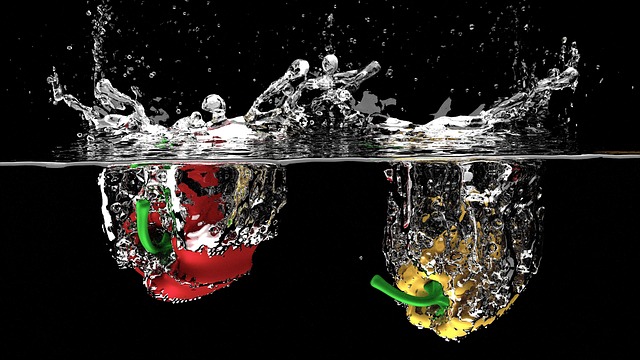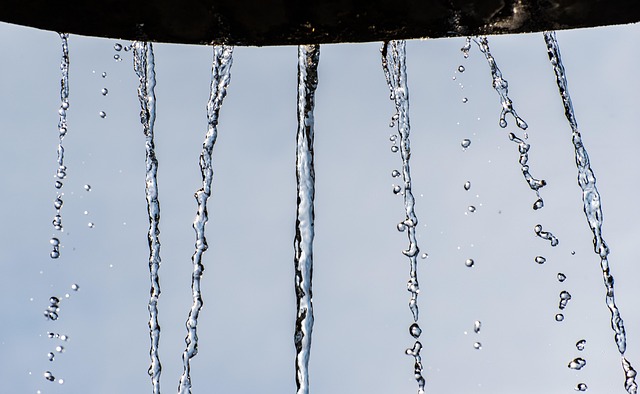Low water pressure, caused by restricted flow within plumbing, affects fixtures like faucets, showerheads, and washing machines, impacting daily routines. Diagnosing the specific fixture and addressing issues like clogged aerators or pipe blockages can provide quick fixes. For complex problems like worn valves or pressure regulator malfunctions, consult a professional plumber. Regular maintenance and advanced solutions like smart pressure regulators ensure optimal water flow, comfort, and energy efficiency.
Low water pressure can significantly impact your daily routine, from taking a shower to cooking a meal. This article delves into the causes and common fixtures affected by low water pressure, exploring its effects on everyday tasks. We provide practical strategies to identify and fix these issues at home, with special considerations for bathroom and kitchen fixtures. Additionally, discover advanced solutions to ensure sustained high water pressure, empowering you to navigate this challenge effectively.
- Understanding Low Water Pressure: Causes and Common Fixtures Affected
- The Impact of Low Water Pressure on Everyday Tasks
- Strategies to Identify and Fix Low Water Pressure Issues at Home
- Special Considerations for Bathroom and Kitchen Fixtures
- Advanced Solutions for Sustained High Water Pressure
Understanding Low Water Pressure: Causes and Common Fixtures Affected

Low water pressure is a common household issue that can be both frustrating and indicative of deeper plumbing problems. It’s important to understand the causes behind this phenomenon to effectively address it. One of the primary reasons for low water pressure is a restriction in the water flow, which can occur at various points in the plumbing system. This might include clogged pipes, narrow fixtures, or faulty valves.
Common fixtures often affected by low water pressure include faucets, showerheads, and washing machines. Faucets may exhibit a weak spray or dripping sound, while showerheads could produce a faint stream of water. Washing machines, on the other hand, might struggle to fill up or spin efficiently due to insufficient water pressure. Identifying the specific fixture experiencing low pressure can help in pinpointing the root cause, enabling targeted solutions for effective long-term relief.
The Impact of Low Water Pressure on Everyday Tasks

Low water pressure can significantly impact our daily routines and tasks, often going unnoticed until it becomes a persistent issue. From taking a shower to doing the dishes, adequate water pressure ensures efficiency and comfort. When the flow is reduced, simple activities can become more challenging and time-consuming. For instance, a weak shower head may not provide the required rinse for personal hygiene, leading to a less enjoyable and effective cleansing experience. Similarly, filling a sink or washing machine with low pressure water means tasks take longer, wasting time and potentially increasing energy consumption.
In homes and buildings, low water pressure can also indicate underlying issues with plumbing systems. It might be a result of outdated pipes, faulty valves, or reduced water supply from the main source. Addressing these problems is crucial to ensure a steady and strong water flow for all fixtures, enhancing the overall comfort and functionality of living spaces.
Strategies to Identify and Fix Low Water Pressure Issues at Home

Low water pressure can be a frustrating issue, but there are several strategies to identify and fix it at home. Start by checking each fixture individually to pinpoint where the problem is occurring. This can often be done with a simple turn of the valve or a quick check of the aerator on the faucet. If one fixture is affected, it’s likely a local issue rather than a whole-house problem.
Next, inspect for any visible clogs in pipes or drainages, as these can significantly reduce water pressure. Use a plunger or a plumbing snake to clear any blockages. Additionally, check for leaks in the supply lines and fix them promptly, as they can cause pressure drop. If the issue persists, consider checking with a professional plumber to diagnose more complex problems, such as worn-out valves or pressure regulator malfunctions.
Special Considerations for Bathroom and Kitchen Fixtures

When testing pressure at different fixtures, special considerations come into play for bathroom and kitchen areas due to their unique functions and vulnerabilities. Low water pressure in these spaces can have more significant impacts on daily routines, from showering and bathing to cooking and cleaning. For instance, low pressure in a showerhead might not only reduce the enjoyment of your morning rinse but could also indicate issues with water supply lines or a faulty valve.
In kitchens, low water pressure can affect the performance of appliances like dishwashers and refrigerators that rely on consistent, strong water flow. It’s crucial to address any perceived or actual low water pressure in these areas promptly, as it could lead to more severe problems if left unattended. Regular maintenance checks and prompt action when issues arise are key to ensuring optimal water pressure across all fixtures.
Advanced Solutions for Sustained High Water Pressure

Many households and businesses struggle with persistent low water pressure, a problem that can be exacerbated by high-demand fixtures like showerheads and faucets. To combat this, advanced solutions have emerged that offer more durable and efficient water pressure regulation. One such innovation is the implementation of smart pressure regulators, which use technology to monitor and adjust water pressure in real time, ensuring a consistent flow even during peak usage periods.
These advanced systems are designed to adapt to changing water conditions, preventing sudden drops or spikes in pressure. By maintaining optimal levels, they not only alleviate the stress on plumbing fixtures but also extend their lifespan. Additionally, these solutions often incorporate energy-efficient features, further contributing to reduced environmental impact and long-term cost savings for users dealing with low water pressure issues.
